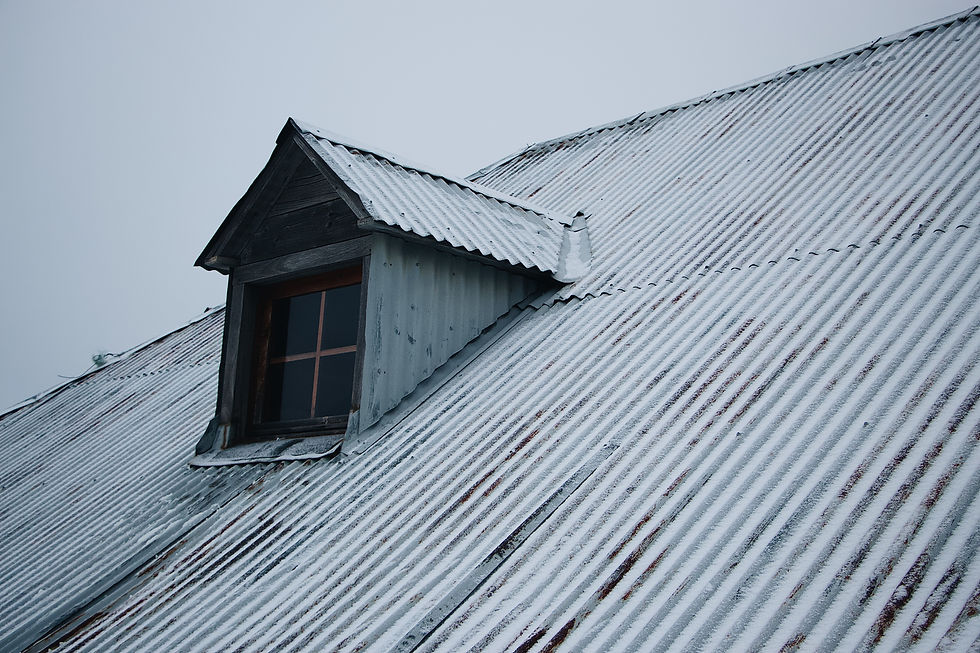🔄 From Waste to Weather: The Climate Impact of Recycled PET in Construction
- Melanie Galpin

- May 1
- 2 min read

When we talk about climate-smart construction, most people think of solar panels, timber frames, or green insulation. But few realize the enormous climate potential hidden in a material we throw away daily: PET plastic.
In the face of global plastic waste and construction sector emissions, the idea of combining the two problems into one solution might sound radical—but that’s exactly what WaterRoofs, in collaboration with UHCS (Ustinov Hoffmann Construction System), is doing.
♻️ Why PET Matters
PET (polyethylene terephthalate) is the plastic used in bottles, food containers, and textiles. It’s one of the most recyclable plastics—and one of the most wasted.
🌍 Each year, over 30 million tons of PET are produced globally
🧃 Less than 30% is recycled effectively
🔥 PET production from virgin fossil fuels releases up to 2.15 kg CO₂ per kg of plastic
✅ In contrast, recycled PET (rPET) cuts emissions by up to 80%, and saves 50% of energy compared to new PET production
By incorporating rPET into high-performance building materials, we unlock a dual benefit: less waste in the environment and less carbon in the atmosphere.
🏗️ Building with Recycled PET: From Bottles to Roof Tiles
At WaterRoofs, we use rPET to create our evaporative tile systems—highly durable, modular components designed to restore water cycles from the top down. Each roof integrates subtle horizontal grooves that retain rainwater and release it gradually into the atmosphere, mimicking forest-like evaporation.
This is more than greenwashing. The carbon savings are measurable.
➡️ One average-sized WaterRoofs installation (~100 m²) reuses the equivalent of approximately 40,000 PET bottles
➡️ These tiles are lightweight, reducing structural load and shipping impact
➡️ The system is non-toxic, UV-resistant, and recyclable again at end-of-life
This material innovation is part of a larger philosophy: turning buildings into climate tools—not only through what they do, but through what they’re made of.
🌦️ Material Meets Mission
In 2024, Europe saw record rainfall and historic flooding, while rivers across Western Europe reached highest-ever flow rates. These extremes demand infrastructure that can both absorb climate shocks and mitigate future risks.
WaterRoofs tiles made with rPET serve this mission on two levels:
They reuse plastic waste that would otherwise contribute to pollution and ocean damage
They cool buildings and cities by restoring local moisture to the air, reducing the urban heat island effect and supporting rainfall recovery
The future of climate-smart construction isn’t just in how we design—but also in what we choose to value. And we believe that discarded plastic deserves a second life as part of the solution.
🔗 Explore more at www.waterroofs.com



Comments